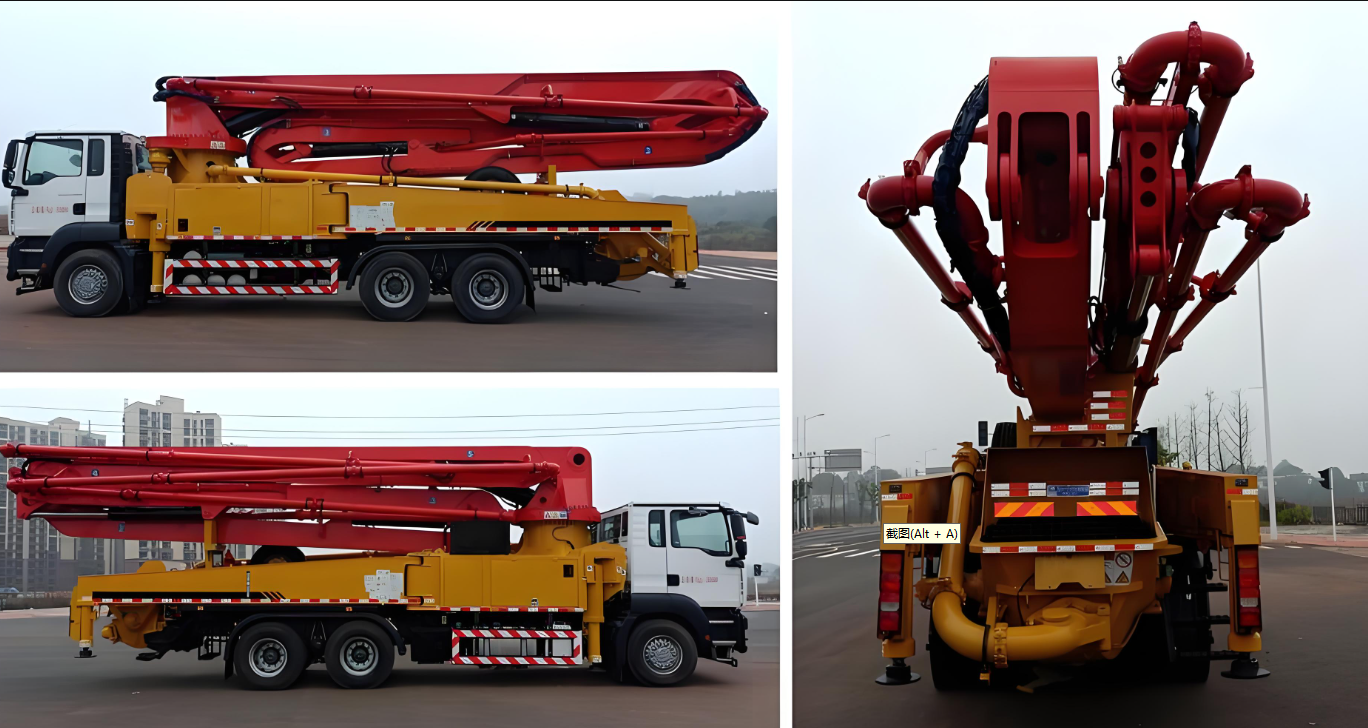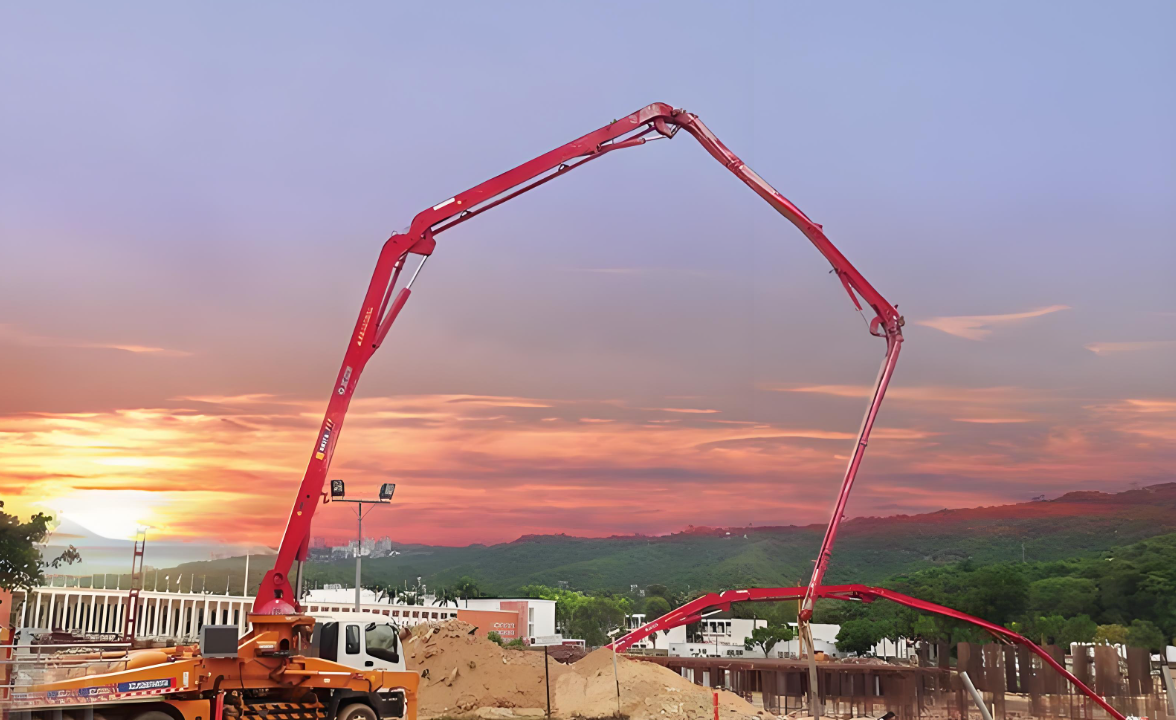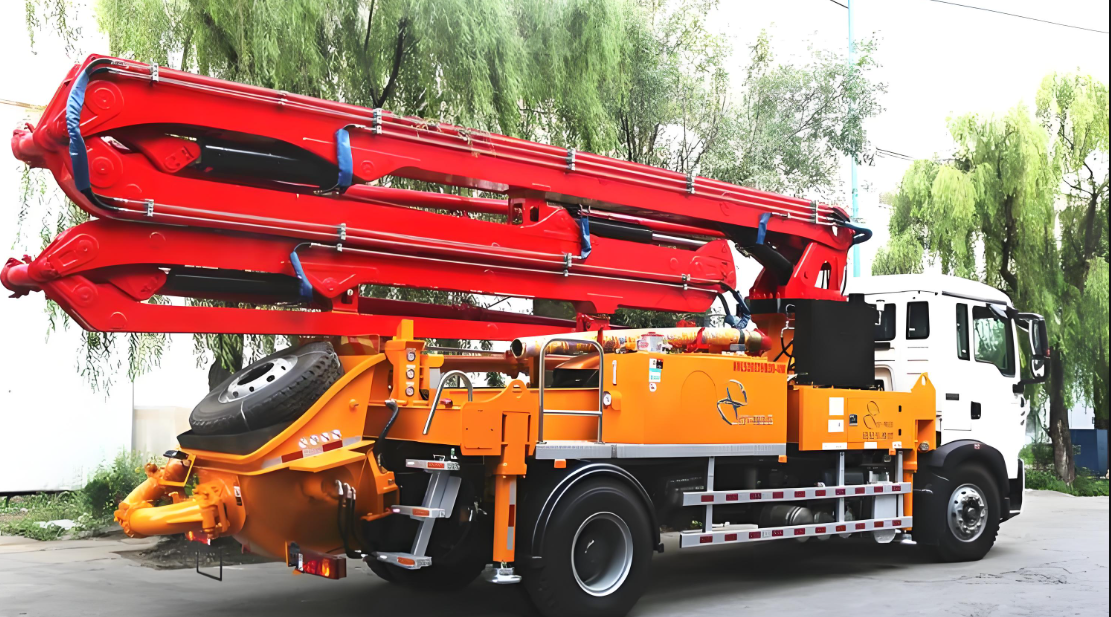concrete pump truck cost
When considering concrete pump truck costs, potential buyers must understand the significant investment involved in acquiring these essential construction vehicles. A new concrete pump truck typically ranges from $150,000 to $400,000, depending on specifications, brand, and pumping capacity. The cost reflects the sophisticated technology and engineering that enables these machines to efficiently transport and pump concrete to various heights and distances. These vehicles combine a concrete pump with a boom-mounted delivery system, allowing for precise concrete placement in hard-to-reach areas. The initial investment includes features such as hydraulic systems, remote controls, advanced safety mechanisms, and computerized monitoring systems. Additional cost considerations include maintenance, fuel consumption, insurance, and operator training. The size of the boom, which typically ranges from 17 to 65 meters, significantly impacts the price, with longer booms commanding higher prices. The pumping capacity, measured in cubic yards per hour, also affects the overall cost, with higher-capacity units being more expensive but offering greater productivity. Understanding these cost factors is crucial for construction companies and concrete contractors in making informed purchasing decisions.



